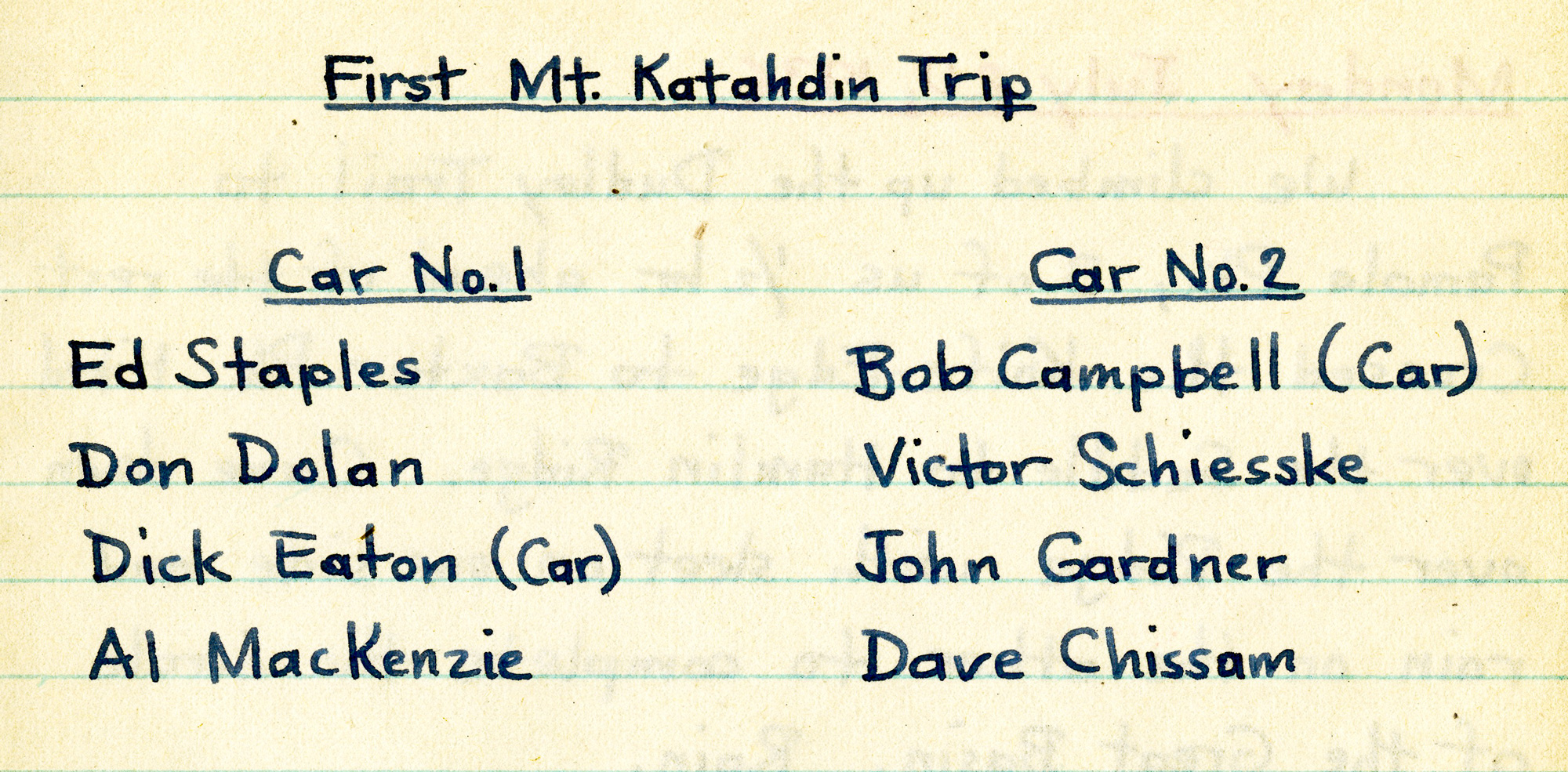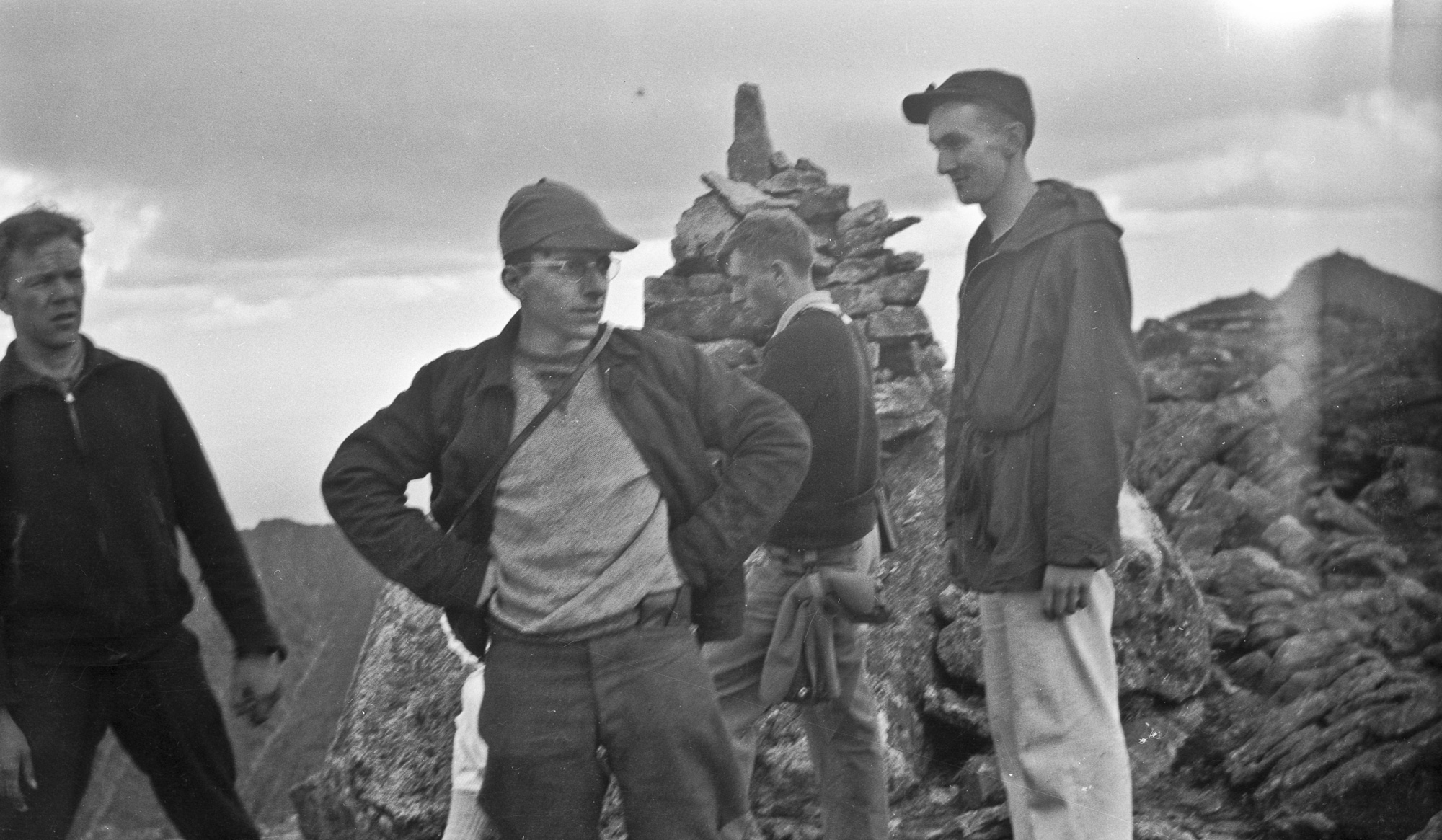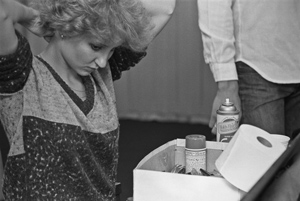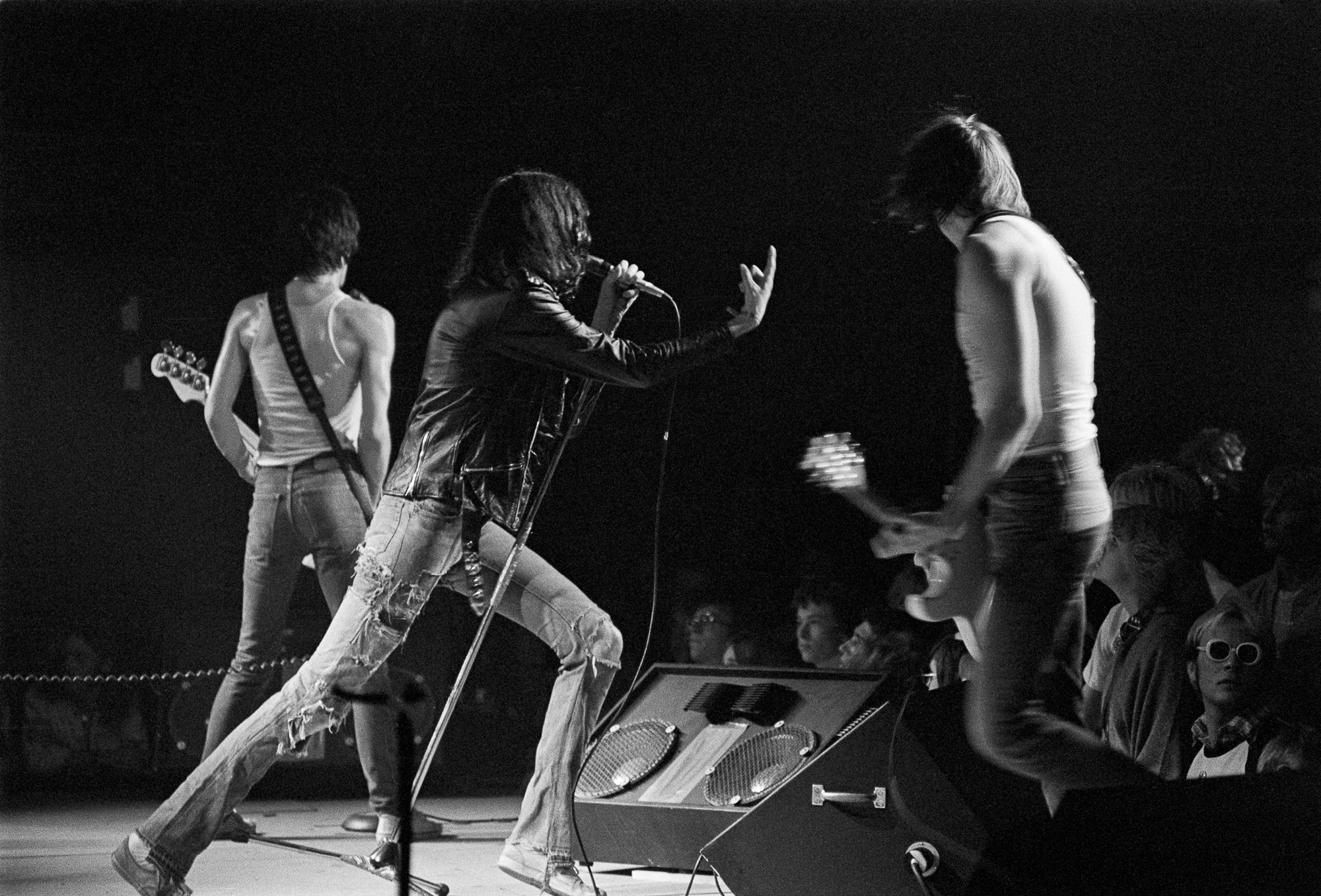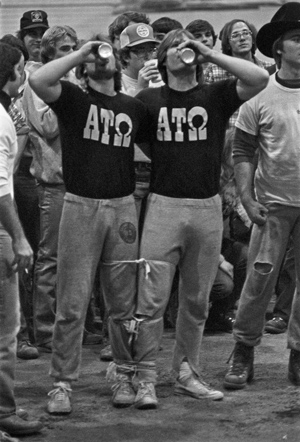................ ..............
: : : :
_____ : _______ ____ :
________\___ \___________\___ \ \ \___ :
| __ \ _ _| \/ __/ : .................
| |/ \\ \ \| / /______ : :
| ______/____\\ \________ / / : phatletter#1 :
|____| . \_____\ \__________/. : :... .
: _____ . ____ ____ :
: \ \ _______ \ \___ \ \___ _______ ______________
. .....: / / / \ / __/ / __/ / \| __ \
/ /___/ /\_ \/ /______/ /___/ /\_ |/ _/
/ / /__/ / / /__/ |\ \
t01 \_________ ______/\__________/\_________ ______/|____| \______\
\_____\ . . \_____\
. : : .
: : :.........:
:........:
hey ho dear mates & welcome to the first phatletter ever! containing everything you wanted to know but were too stoned to ask...
I - timetable
II - traveling details
III - visitors
IV - compos & attractions
V - djs/vjs/live acts
VI - merchandise, prizes & money issues
VII - valuable contact information
VIII - the end
I :: TIMETABLE
---------------------------------------------
it's still mostly unknown, lists with timetable will be handed out right at the party. at the moment, it is just known that compos will take part on second and third days, on first day we just get together and set everything up and booze.
II :: TRAVELING DETAILS
---------------------------------------------
Suomi knows all about ferries, better than me for sure!
this is one URL, bus from Tallinn to Riga: https://www.eurolines.ee/lines/tallinn_parnu_ainazi_riia_en.html
buses from other european cities can be found there: https://www.ecolines.lv
about ferries, look there: https://www.ferryguide.nu/
something about planes: https://www.airbaltic.com https://www.lufthansa.lv
if you need some help with traveling, let us know and we will see what can we do.
III :: VISITORS
---------------------------------------------
just a list, the same one as on homepage (btw it got so big that even distorted out nice design haha
only death will prevent coming of these brave young heroes:
raver/phantasy/dualcrew-shining (latvia) :: 187/phantasy (latvia) :: relict/phantasy/k3l corp (latvia) :: d-tech/phantasy (latvia) :: fee.nix-z/phantasy (latvia) :: melnizz/phantasy (latvia) :: ninjah/dab (latvia) :: kumaree/ex-phantasy (latvia) :: lynx/romov.net (latvia) :: vanniken/phantasy (latvia) :: kuce/killaz kru (latvia) :: bou (latvia) :: prox/ex-phantasy (latvia) :: ix/no rest (latvia) :: panks/ui putra! (latvia) :: kanibaals/ui putra! (latvia) :: ngc-5128/fabrique/808.lv (latvia) :: romantix (latvia) :: depredator/phantasy (usa) :: escape/rave.lv (latvia) :: dzdz (latvia) :: buzzers (latvia) :: shuumahers (latvia) :: red electronica (latvia) :: shplint (latvia) :: darkmood (latvia)
these people will work hard to be there:
pol/phantasy (slovakia) :: point777/phantasy (ukraine) :: zool00k/phantasy (estonia) :: jaan/phantasy (estonia) :: the hooligan/dualcrew-shining/skid row (finland) :: melwyn/haujobb/hirmu! (finland) :: bedazzle (estonia) :: mat!/ozone (spain) :: brite-lite/dekadence/phantasy/rave network overscan (finland) :: dynamite/crushers (latvia) :: nosfe/mfx/pwp/vlp/tzygae (finland) :: groenteboer/phantasy (holland) :: kiste/airbag/team scene.ee (estonia) :: terminus/team scene.ee (estonia) :: romans/void.lv (latvia) :: b/dualcrew-shining/quartex (finland) :: kure/rave network overscan (finland) :: shape/dualcrew-shining (finland) :: thundrah/rave network overscan (finland) :: saint/ss (latvia) :: ieris/kyo (latvia) :: lemming/orange/hirmu! (finland) :: eidis/killer toad/dab (latvia) :: bakmaita/killer toad (latvia) :: use101/kyo (latvia) :: meat/mfx (finland) :: hunter (australia) :: q/funkyware (finland)
and these people want to come, but are not sure yet:
alive/scoopex/talent (uk) :: phoenix/papaya dezign/sunbeam/raww arse (portugal) :: hsc (estonia) :: h7/trsi/hirmu! (finland) :: distance/tpolm/mono211 (finland) :: noko/phantasy (holland) :: goto8o/hack'n'trade (sweden) :: skope/up rough & divine stylers (sweden) :: xenon/park/freestyle (germany) :: uncle-X/mfx (finland) :: adam/dualcrew-shining (finland) :: rawhed/faktory/moojuice productions (south africa) :: cru/100%/toxxin/superior art creations (germany) :: sixpack/haujobb/slengpung.com (norway) :: droid/haujobb (finland) :: setok/aggression (finland) :: kbs/phantasy/laxity (denmark) :: wvl/xenon (holland) :: don kamillo/phantasy/100% (germany) :: fierman/ex-hotline (holland) :: amj/side b/byterapers (finland) :: dmg (sweden) :: dr doom/paranoids (finland) :: bhead/t-rex (russia) :: ralph 124C41+/castor cracking group/powerdrive (sweden) :: 216/mfx (finland) :: eggbrid/green (holland) :: synteesi/mfx (finland) :: substance/voodoo/madwizards (finland) :: deeq/rave network overscan (finland) :: nexa (latvia) :: lutka/kinky/zymosis/dualcrew-shining (finland) :: biotek/damage/zymosis (finland) :: ddt/accession (finland)
they might show up but not likely:
goblin/genesis*project (france) :: aktion (ukraine) :: t3tsuo/airbag (portugal) :: mitchell/hardwave crew (russia) :: rainbow (slovakia) :: galen/maxter (bulgaria) :: ravel (finland) :: dely/FRL (poland)
and some more who didnt care to sign up on homepage and more latvians ofcourse
IV :: COMPOS
---------------------------------------------
what compos will we have there...
at first, some compos just like any normal party:
- pixel graphics :: logo (should say: PHAT, but... maybe something else will do too ;) :: ascii (should say PHAT again..) :: chipmusic :: digital music (no MPEG3, tracked music - be it MOD, DBM, XM, IT, ST or BMX) :: 1kb intro :: demo :: wild demo
any else compos we will have entries for.
what machines we will have there:
sinclair zx spectrum 48 :: atari 2600 :: atari 130xe :: commodore 64 + 1541 :: zs scorpion 256 :: alice :: amiga 1200 + 030/50 + 8 megs :: apple ][ :: snes :: nes :: sega megadrive
uff, thats basically it, we will mostly have several of machines listed, in various configurations plus ofcourse some PCs, older and newer. if you have some contribution ready, please contact us and tell what configuration machine you will need.
please note that you can also take part in these compos even if you are not present at the party. splitting into more categories (like seperate c64 and speccy chipmusic etc) will be decided discussing with contributors and depending on the number of entries (we already have quite some sent in).
special pr0n-demo-compo - C64 VS SPECTRUM!
deadline: 22nd september, or lets see for those present at party.
then, we planned a lot of nice entertainment, but we won't manage to hold everything we wanted to, like car race is postponed till next party due to financial troubles. for sure we will have some open-air games (like, there are some teams, each got a map(s) with checkpoints where they get 5.25" disk, who collect all the disks first, upload ware to BBS and win). also, our magnificient Vinyx promised to take care of cannabis milk drinking compo, so hopefully this one will take part as well.
planned is also photo compo, both realtime (at the party) and one where you just bring your photos to take part.
also these are possible: scene quiz, micro-movie-script-writing+shooting compo. guessing the melody, graffiti spraying (bring your cans!) etc.
V :: DJS, VJS & LIVE ACTS
---------------------------------------------
following DJs, VJs and live acts are gonna play at PHAT1 somewhere during these three days and nights:
NOSFE [MFX] - Finland - a.k.a. Nosfe/MFX Nosfe will perform with one of his live projects
SKOPE [Up Rough Soundsystem] - Sweden - a.k.a. Skope/Up Rough & Divine Stylers -- dub and dancehall expected from our swedish guest (if he manages to come...)
MARIS G [Juicebox/Ritmika] - Latvia - a.k.a. Vanniken/Phantasy -- Maris mostly spins deep house and techno and ofcourse chippy electro breaks
NGC-5128 [Fabrique] - Latvia -- this man is one of the rising latvian techno heroes and he will show both his DJ skills and his own tracks too
ROMANTIX - Latvia -- previously known as hard techno DJ, he lately changed to more calm and spacey beats
NIKOTIINS - Latvia -- boom, boom, boom - here comes hard, monotone, percussive techno!
MILK - Latvia -- unlike his other mates from Aizkraukle, Milk don't perform as often, yet he always manage to surprise with his great sets
IX [No Rest] - Latvia -- Ix comes from one of the best known techno parties promoters group in Latvia and techno & electro he spins
RED ELECTRONICA - Latvia -- new and upcoming drum'n'bass talent
FEE.NIX-Z [Bio.Codes/Jah Cru] - Latvia - a.k.a. Fee.nix-z/Phantasy -- atmospheric and not only side of Bio.Codes, one of the two leading drum'n'bass crews in Latvia
MELNIZZ [Bio.Codes/Jah Cru/Illegal] - Latvia - a.k.a. Melnizz/Phantasy -- former techno DJ and it shows in his wicked drum'n'bass sets
BRAIN [Bio.Codes/P-R-O-C-E-E-D/Soya] - Latvia - a.k.a. 187/Phantasy -- this dude is wizard of audials and visuals
NEON BAZOOKA [Jaffa Riga/Sirke] - Latvia -- funk is his thing and you can find it within any style
D-TECH [D.R.E.A.M.] - Latvia - a.k.a. D-Tech/Phantasy -- will mix some console & computer visuals
PANKS & KANIBAALS [Ui Putra!] - Latvia -- old latvian pop-songs & add some noise!
Z99 [Illegal/Ritmika/Jah Cru] - Latvia - a.k.a. Raver/Phantasy/DualCrew-Shining -- will play some music when noone will be around to take care of it
more to come...
VI :: MERCHANDISE, PRIZES & MONEY ISSUES
---------------------------------------------
as the party is free party, it rocks of course but that also means we got very limited budget - or rather to say not at all.
that leads to some problems, in this case we are still trying to get cheaper place... at least we got almost all the technical gear needed for free (like technics sl1200 + mixer, speakers and amplifier and perhaps projector too).
we will see what we will be able to manage once again - and there will be donations-box at the party, so you will be able to donate as much as you can and wish.
prizes - no big bucks definitely, but of course diploma and we will try to design some cups too.
finally, t-shirts will be available, so if you wish to have one, let us know (cause we need to know how many of these should be made). the price could be somewhere around $10, maximum $15 but more likely not more than $10 (depends on number as well).
and, stickers, i hope.
VI :: VALUABLE CONTACT INFORMATION
---------------------------------------------
everything concerning party to this email: egons@re-lab.lv
phones to call (also hot phones during party time):
raver: 6778851 -- fee.nix-z: 9114788 -- lynx: 9503914 -- d-tech: 6539901 -- escape: 9101849 -- ngc-5128: 6599339
these are all cell phones, so you can get a hold of organizers anytime. note, when calling from outside Latvia, use country code 371 (and numbers for an international calls before).
VII :: THIS IS THE END BEAUTIFUL FRIEND
---------------------------------------------
if you have any questions etc, mail mail mail us.
also, more news coming up, especially next week, so check yor emails too!
finally... didn't you know:
https://phat1.slengpung.com
and channels #phat1 and #phatsuomi on ircnet
/rava
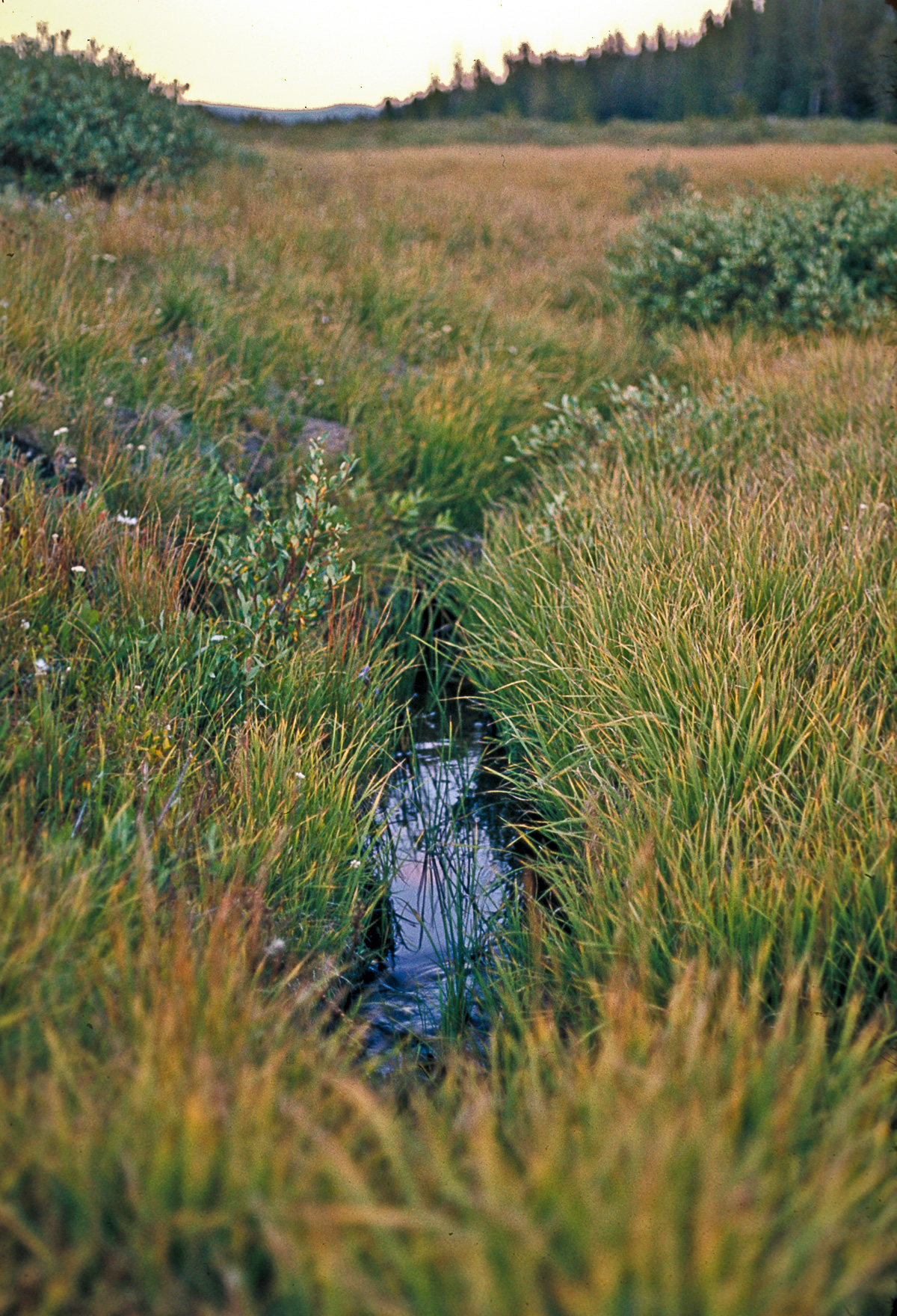






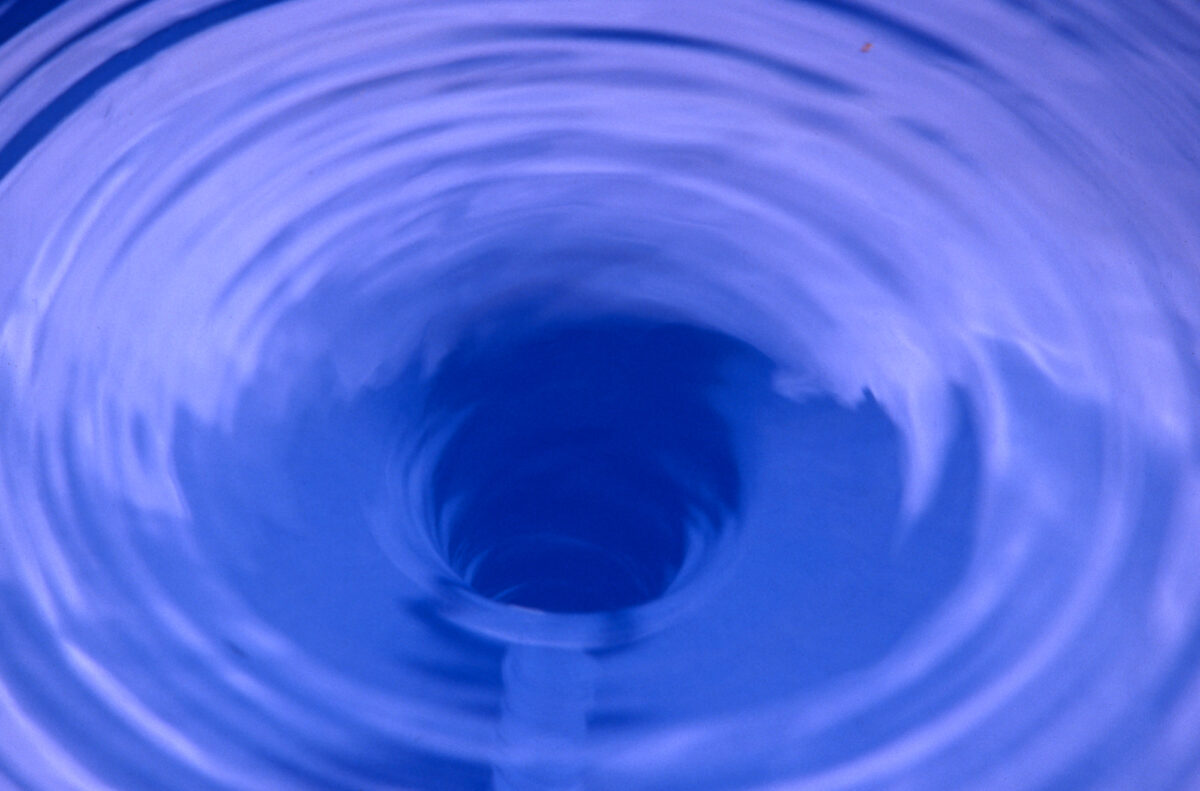


![portrait, Janet, Clarksburg, Maryland, November 1969 [CH] portrait, Janet, Clarksburg, Maryland, November 1969 [CH]](https://neoscenes.net/blog/wp-content/uploads/1969/11/19691123-57-38p.jpg)



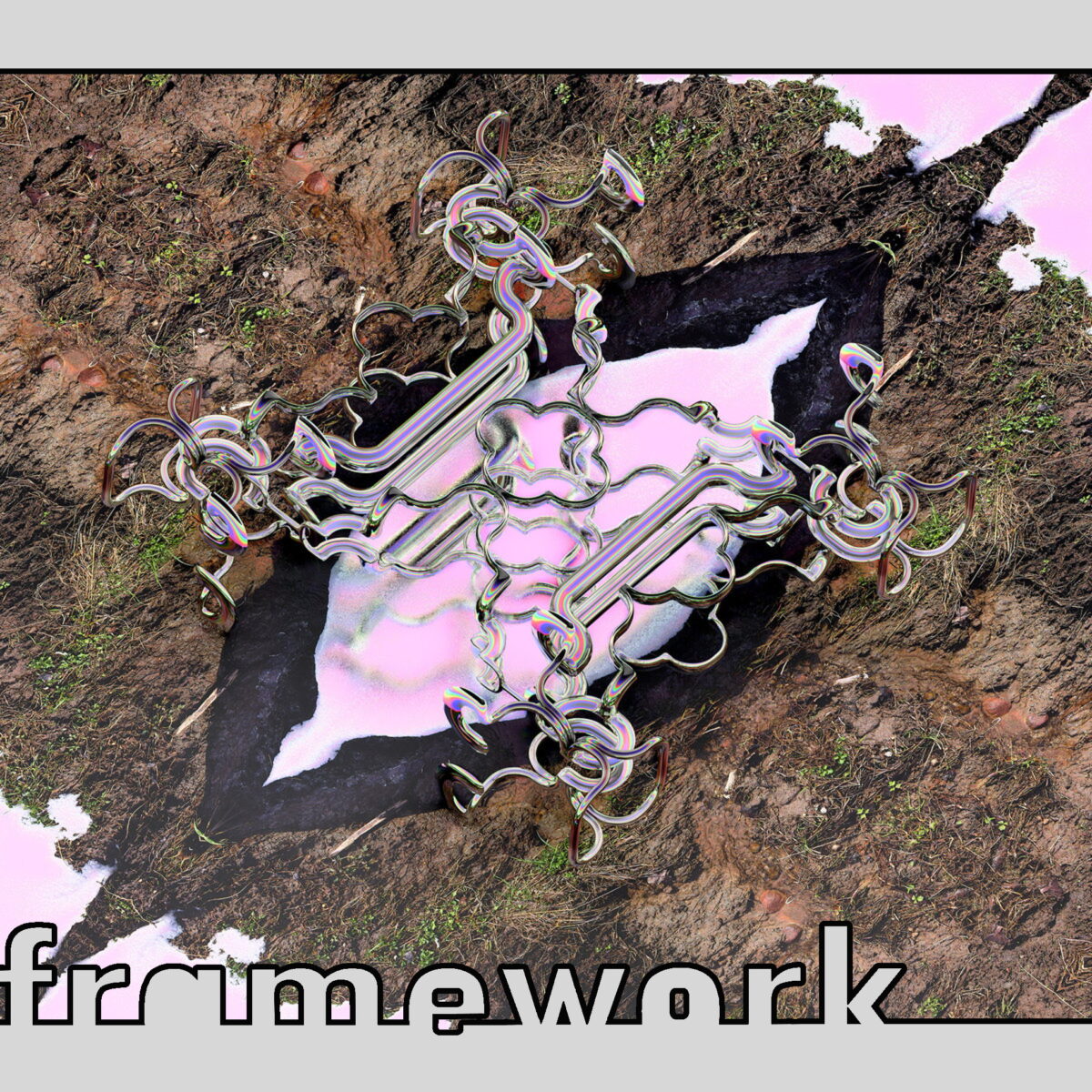
![portrait, Lillian, Easter Sunday, Calimesa, California, April 1965 [CH] portrait, Lillian, Easter Sunday, Calimesa, California, April 1965 [CH]](https://neoscenes.net/blog/wp-content/uploads/1965/04/19650418-02-13p.jpg)

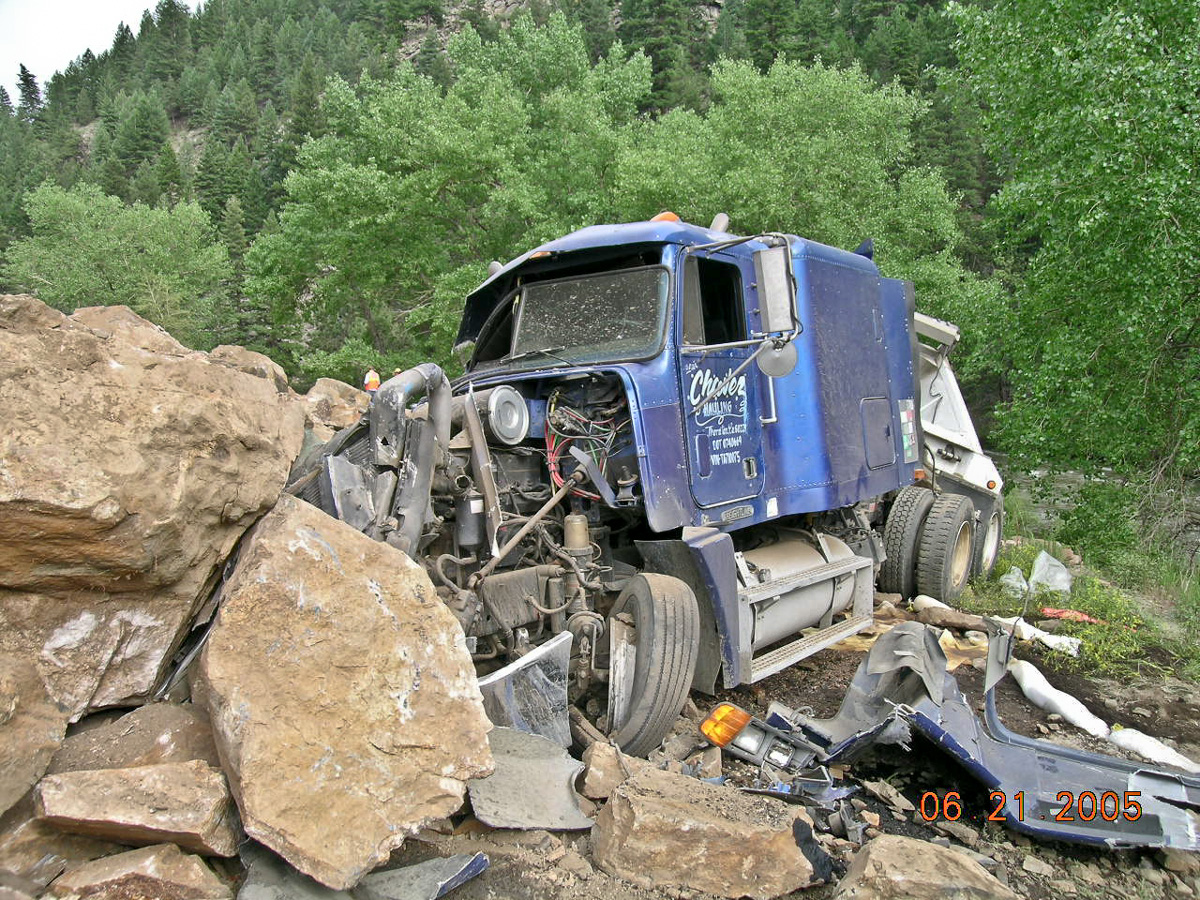

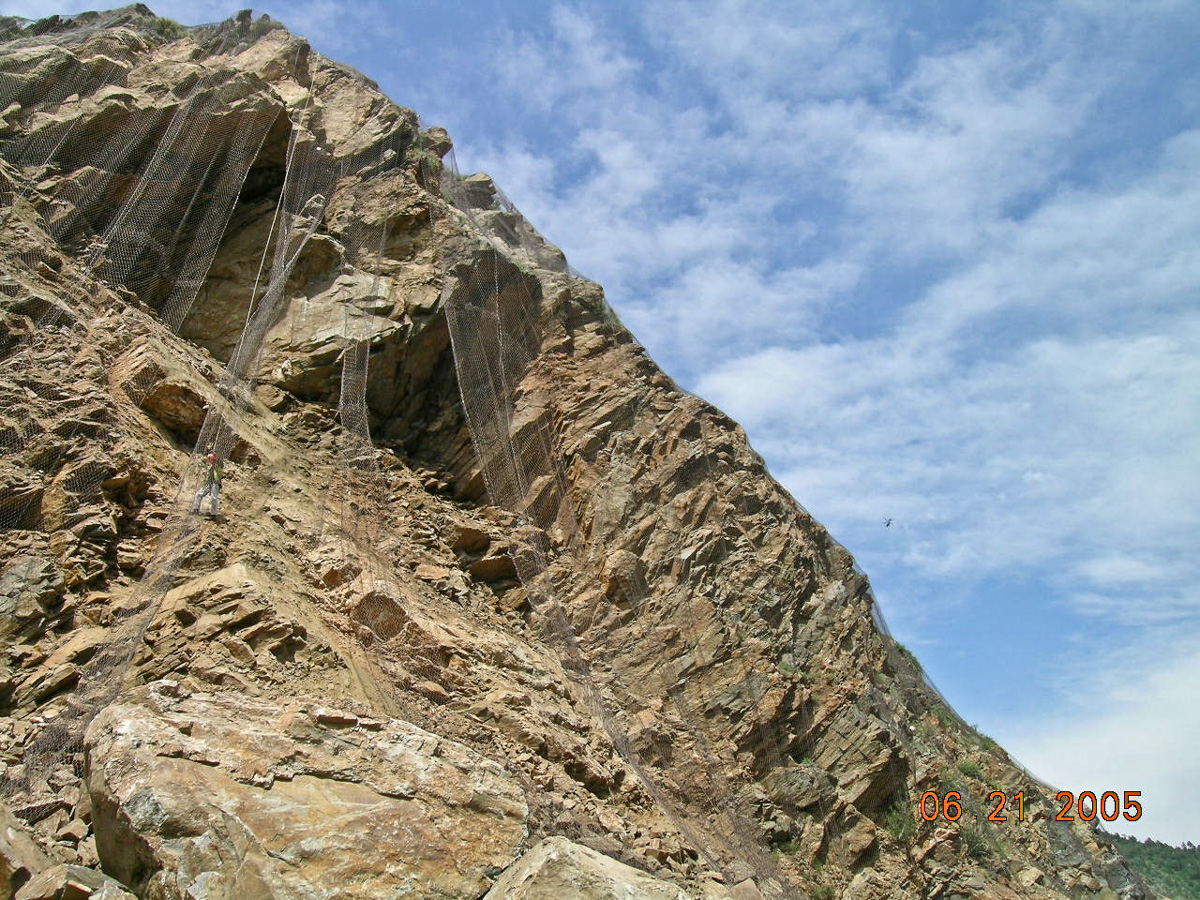
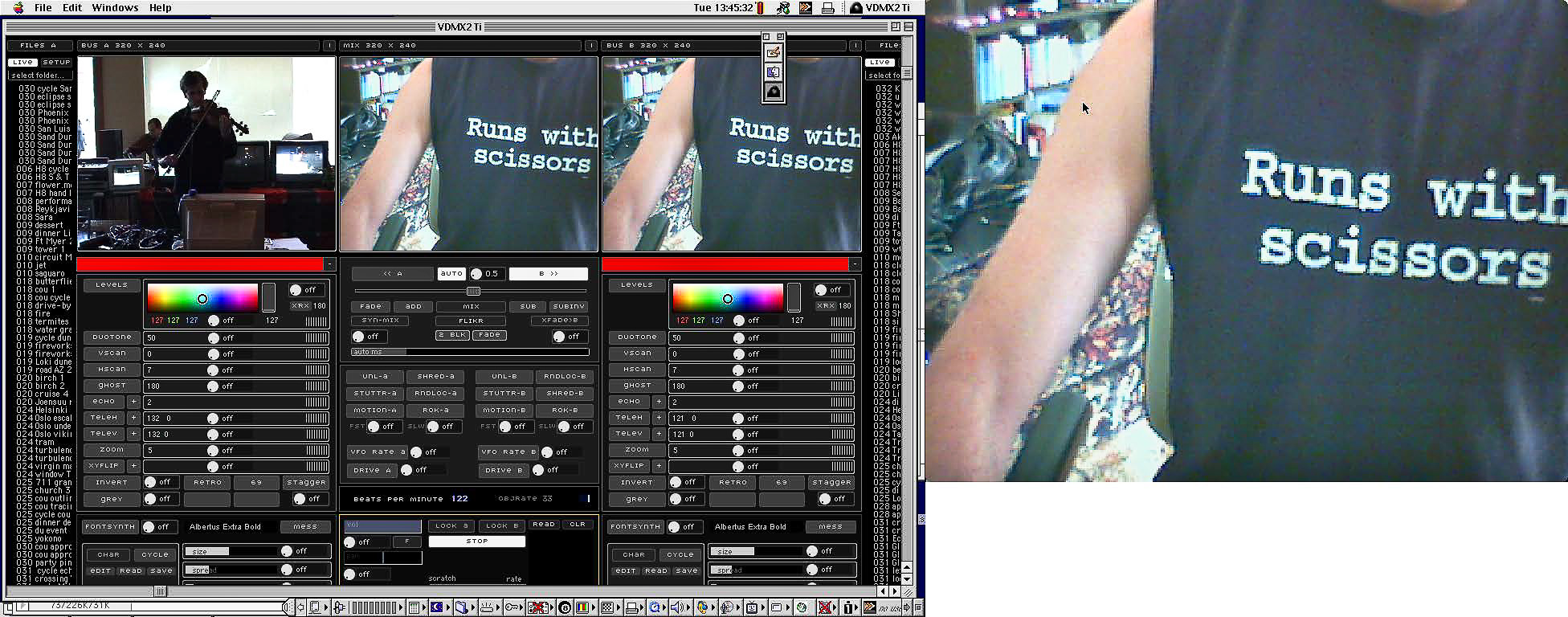
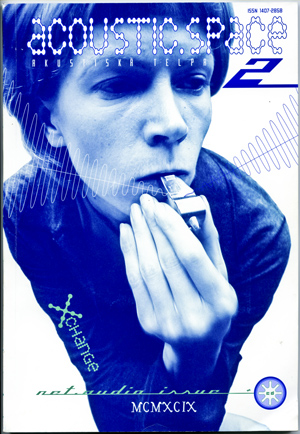

![Oh/oh [MacPaint graphic], Reykjavík, Iceland, March 1992 Oh/oh [MacPaint graphic], Reykjavík, Iceland, March 1992](https://neoscenes.net/blog/wp-content/uploads/1992/03/19920303-oh-oh.png)
![N/oh [MacPaint graphic], Reykjavík, Iceland, March 1992 N/oh [MacPaint graphic], Reykjavík, Iceland, March 1992](https://neoscenes.net/blog/wp-content/uploads/1992/03/19920303-N-oh.png)
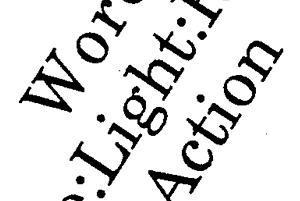
![portrait, Jack balancing Olga overhead, Charles River Beach, Boston, Massachusetts, August 1937 [AKM] portrait, Jack balancing Olga overhead, Charles River Beach, Boston, Massachusetts, August 1937 [AKM]](https://neoscenes.net/blog/wp-content/uploads/1937/08/19370814-03-01p.jpg)
